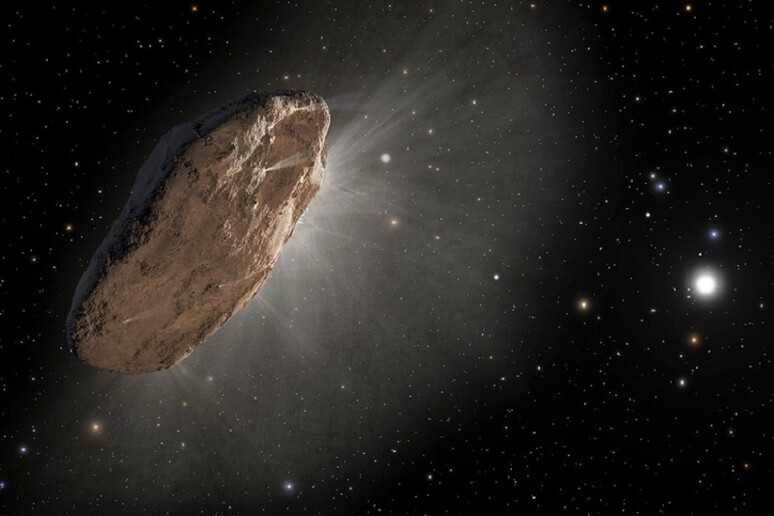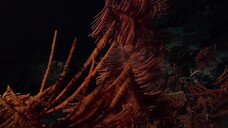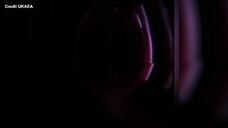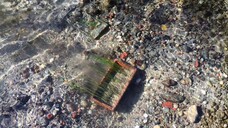'Oumuamua, the first interstellar object ever observed in the Solar System, is a comet, and more precisely a ‘dark comet’ as recently sighted tailless comets are called, according to research published in the journal Nature and coordinated by Jennifer B. Bergner of the University of California at Berkeley and Darryl Z. Seligman of the University of Chicago.
Discovered in 2017 and initially thought to be an asteroid and by some even an alien spacecraft, Oumuamua soon turned out to be more like a comet. Now, thanks to the new data, "Seemingly contradictory observations of the first known interstellar object are reconciled in a model that presents a simple and physically realistic framework for understanding the object’s many peculiarities,” says Marco Micheli, coordinator of the European Space Agency's Planetary Defense Office's Near-Earth Asteroid Surveillance Center at the Esa center in Italy, Esrin in Frascati (Rome), in a commentary published in the same issue of the journal.
Indeed, the model proposed by Bergner and Seligman provides insight into the bizarre properties of 'Oumuamua, which would seem to have an origin similar to those of comets. That is, it would appear to be an icy planetesimal, like a small object roughed out in the very early stages of development of a planetary system.
Riproduzione riservata © Copyright ANSA













